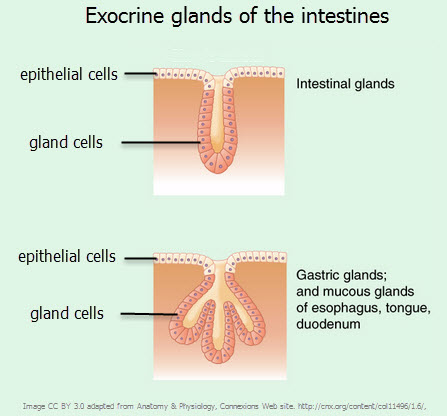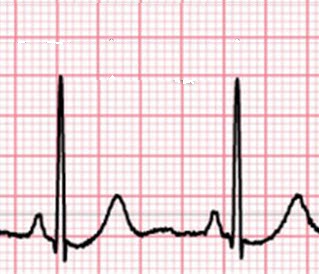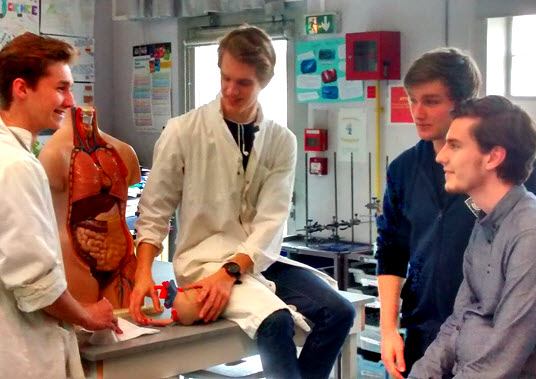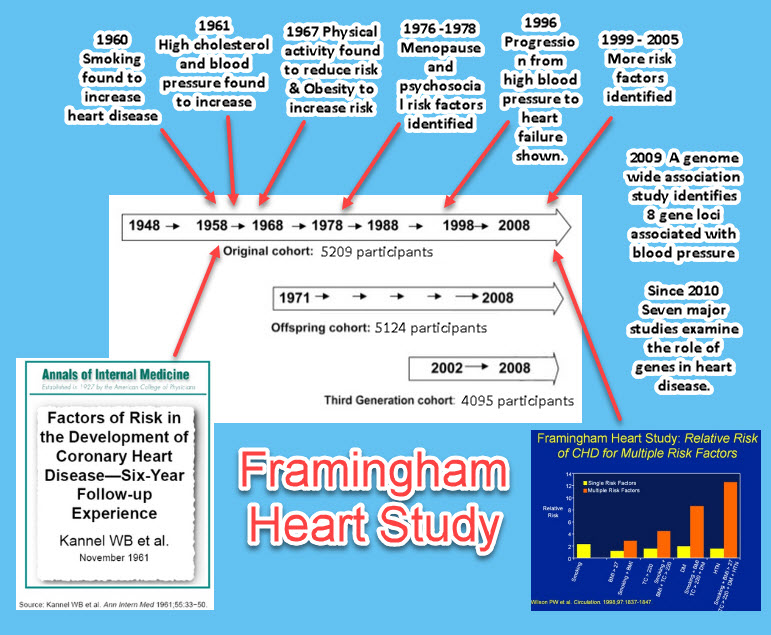Option D - Human physiology Activities for learning
Lesson Plans for Option D - Human physiology
The ideas for learning activities on this page cover the IB guide for this topic. There is a mix of laboratory work, theory lessons, and assessment materials with model answers.
Human nutrition / digestion - Planning sheet D.1This simple sheet sets out the learning objectives, essential questions and some ideas for assessment for the following activities. | |
| Is it so bad to eat only pizza?Time: 1 hour. In this activity we are introduced to Josh, a man who eats only pizza. Students look up the nutrients in pizza and compare these to recommended daily amounts to evaluate whether all the essential nutrients can be found in Pizza. If not, which nutrients are missing? What problems might this cause? Students then explore a range of cases of child malnutrition to evaluate some causes of malnutrition and the roles of vitamins and minerals in the diet. |
| Appetite and malnutritionTime: 1 hour Students are first introduced to the control of appetite, including the role of the hypothamalus in the brain. Then through a simple 'web quest' style quiz students read about several interesting cases, including PKU, obesity and anorexia and answer some self marking multiple choice questions to test their understanding. This is followed by a short revision note making activity. |
 | Testing nutritional content of foodTime: 1 hour Students look again at the Calorimetry experiment. from topic 2 to compare database values of the calorific content of dry foods such as potato chips, cheese crackers, popcorn, nuts (if allergies permit) and many others to give students more experience of using combustion to determine the energy content of food. |
Digestion - planning sheet D.2This simple sheet sets out the learning objectives, essential questions and some ideas for assessment for the following activities. | |
 | Exocrine glandsTime:1 hour Students revise some of the essential topics from parts of the SL course so that they are ready to explore the detail of epithelial cells and exocrine glands which are found in different forms all along the gastrointestinal tract. The structure of epithelial cells and the adaptations of cells for secretion of mucus or enzymes is covered using a gallery of diagrams and some questions. |
Control of digestive secretionsTime: 1hr This activity brings together an understanding of the control of heart rate and the structure of the digestive system and its exocrine glands to reveal how the brain uses nerve impulses and hormones to control the production of digestive secretions. This is linked to Baumont's famous experiments on digestion which were only possible thanks to a musket wound which left a poor young man with a hole in his stomach. | |
 | A miracle cure for ulcersTime: 1hr In this activity students learn about these mechanisms, about stomach histology and how stomach acid prevents the growth of all bacteria except one. Helicobacter pylori is a sneaky spiral pathogen which uses the enzyme urease to make ammonia and bicarbonate to neutralize stomach acid, to give you bad breath and gastric ulcers. The discovery of this bacteria caused a paradigm shift in medical thinking and is a great illustration of the nature of science. |
Functions of liver - planning sheet D.3This simple sheet sets out the learning objectives, essential questions and some ideas for assessment for the following activities. | |
 | Liver structure & function.Time: 1 hour This is an inquiry lesson using mobiles devices and QR codes to reveal information about the structure and function of the liver to enable students, in groups to answer questions. This gives the teacher more time to work as the 'guide by the side' of students. Activity two is a review activity which models one method of memorizing the details of liver function. |
| This lesson is coming soon ... | The Liver and red blood cellsTime: 1 hours A simple activity on Jaundice causes and consequences - to review the recycling of RB in the liver. Followed by a memory activity to help students remember the key points. |
The heart - planning sheet D.4This simple sheet sets out the learning objectives, essential questions and some ideas for assessment for the following activities. | |
 | Cardiac muscle & myogenic controlTime: 1h The structure of cardiac muscles and conduction of impulses is covered in a short video and some question in activity one. This is followed by a sequencing activity about the events of the cardiac cycle & the myogenic control of heart beat. This is linked to an ECG of normal heartbeat. Finally there are instructions of how to listen to a heart beat and measure blood pressure. |
 | Cardiology Role playTime: 1h Socratic seminars are frequently used by history teachers to incorporate peer review into a lesson and to encourage the right sort of participation in a discussion. In this lesson the same structure is used to promote realistic illustrations of some of the causes and consequences of a range of heart conditions mentioned in the IB Biology guide. These can be interspersed by teacher demonstrations of a defibrillator and a video of a pacemaker. |
 | Epidemiology - Framingham heart studyTime: 1hr The Framingham Heart Study is a long-term epidemiological study which began in 1948 and is still ongoing. Much of the now-common knowledge concerning heart disease, such as the effects of diet, exercise, and common medications such as aspirin, is based on this study. This activity introduces the study and give students a chance to analyse the data, first simple, then with a more complex exercise. Extention: Great animation - https://hopetank.bhf.org.uk/flash.html BHF campaign videos explain links between research |
Hormones - planning sheet HL D.5This simple sheet sets out the learning objectives, essential questions and some ideas for assessment for the following activities. | |
 | Piuitary gland and hormonesTime: 1 hour. Using three short videos the different methods of hormone action are introduced. Students answer some simple questions about peptide and steroid hormones as structured note taking before answering more challenging IB style questions. A final activity outlines the relationship between the hypothalamus znd the pituitary gland. The hormones released from the anterior and posterior pituitary gland together with the role of neurosecretory cells in the control of the pituitary gland are covered. |
Transport of Respiratory gases - planning sheet HL D.6This simple sheet sets out the learning objectives, essential questions and some ideas for assessment for the following activities. | |
 |
|
Carbon dioxide and bohr shiftTime: 1h: These lesson activities give students an understaning of the different methods of transporting carbon dioxide in the blood, the role of hemoglobin, the enzyme carbonic anhydrase and the Bohr shift. A set of slides introduce the key concepts and these are followed by some questions and model answers. Most (70%) of the CO2 in blood is transported as bicarbonate ions (HCO3-), while 23% is carried in the form of carbamino-haemoglobin. A small fraction (7%) is actually dissolved in blood. .45. |

 IB Docs (2) Team
IB Docs (2) Team


